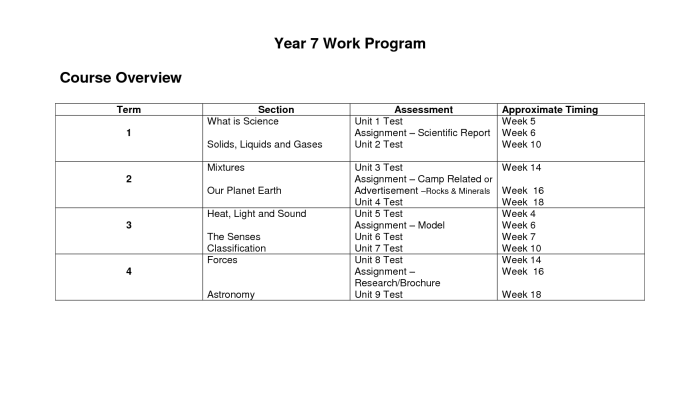Match each function with the correct cytoskeletal structure, a journey into the intricate realm of cellular architecture. Cytoskeletal structures, the scaffolding of cells, play a pivotal role in maintaining cell shape, facilitating movement, and orchestrating cellular processes. Understanding the precise alignment of functions to these structures is crucial for deciphering the intricate workings of cells.
Delving into the depths of microtubules, microfilaments, and intermediate filaments, we unravel their unique characteristics and the cellular processes they govern. From the dynamic microtubules guiding chromosome segregation to the contractile microfilaments driving cell locomotion, each cytoskeletal component exhibits a remarkable repertoire of functions.
Cytoskeletal Structures and Their Functions

Cytoskeletal structures are intricate networks of protein filaments and tubules that provide structural support, shape, and motility to cells. These structures are essential for a wide range of cellular processes, including cell division, movement, and maintenance of cell shape. Matching functions to the correct cytoskeletal structure is crucial for understanding the dynamic nature of cells.
Microtubules
Microtubules are hollow, cylindrical structures composed of tubulin proteins. They are the largest of the cytoskeletal components, with a diameter of approximately 25 nanometers. Microtubules are highly dynamic and can rapidly assemble and disassemble in response to cellular needs.
Function:Microtubules are primarily responsible for maintaining cell shape, providing structural support, and facilitating intracellular transport. They form the mitotic spindle during cell division, ensuring the equal distribution of chromosomes to daughter cells.
Examples of Cellular Processes:
- Cell division (mitosis and meiosis)
- Cilia and flagella movement
- Vesicle transport
Microfilaments (Actin Filaments), Match each function with the correct cytoskeletal structure
Microfilaments are solid, thread-like structures composed of actin proteins. They are the thinnest of the cytoskeletal components, with a diameter of approximately 7 nanometers. Microfilaments are highly flexible and can form a variety of shapes, including bundles, networks, and stress fibers.
Function:Microfilaments play a crucial role in cell movement, cell shape maintenance, and cell adhesion. They are involved in processes such as muscle contraction, cell crawling, and phagocytosis.
Examples of Cellular Processes:
- Muscle contraction
- Cell crawling (amoeboid movement)
- Phagocytosis
- Cytokinesis (cell division)
Intermediate Filaments
Intermediate filaments are rope-like structures composed of a variety of proteins, including keratin, vimentin, and desmin. They are intermediate in size between microtubules and microfilaments, with a diameter of approximately 10-12 nanometers. Intermediate filaments are highly stable and resistant to mechanical stress.
Function:Intermediate filaments primarily provide structural support to cells, helping to maintain cell shape and protect cells from mechanical damage. They also play a role in cell signaling and cell-cell interactions.
Examples of Cellular Processes:
- Maintenance of cell shape
- Protection from mechanical stress
- Cell signaling
- Cell-cell interactions
Popular Questions: Match Each Function With The Correct Cytoskeletal Structure
What are the main types of cytoskeletal structures?
Microtubules, microfilaments, and intermediate filaments.
What is the function of microtubules?
Maintain cell shape, facilitate chromosome segregation, and serve as tracks for motor proteins.
How do microfilaments contribute to cell movement?
They form contractile structures that drive cell crawling and muscle contraction.



